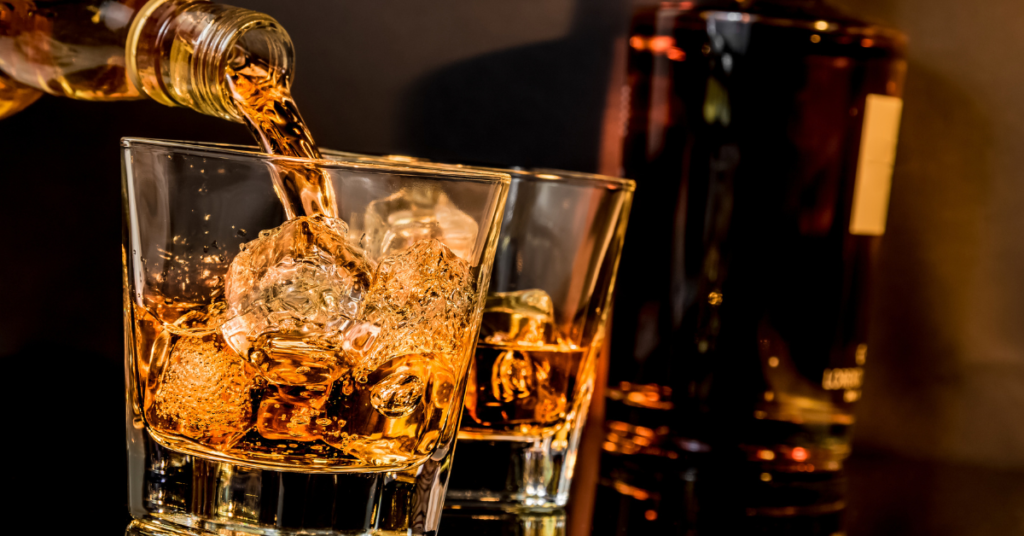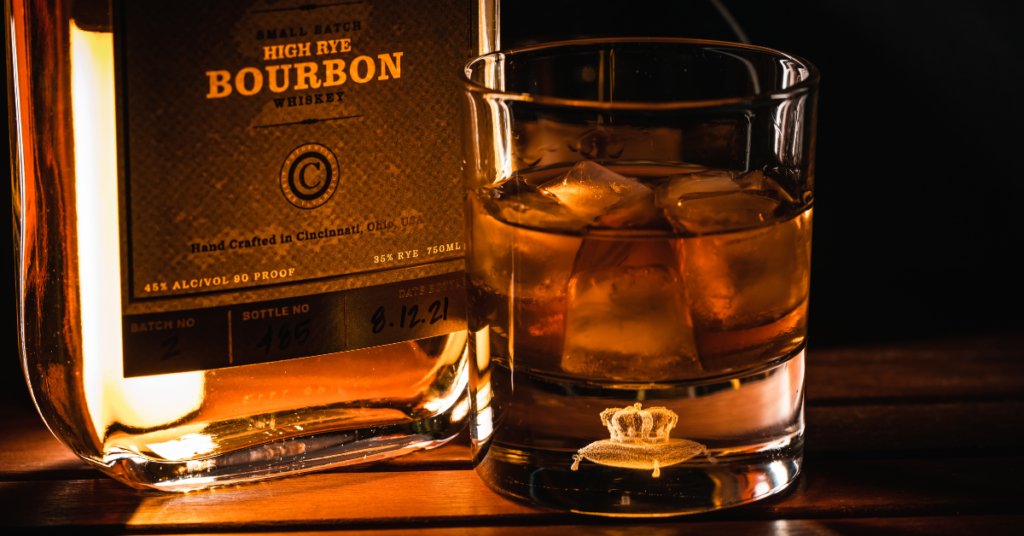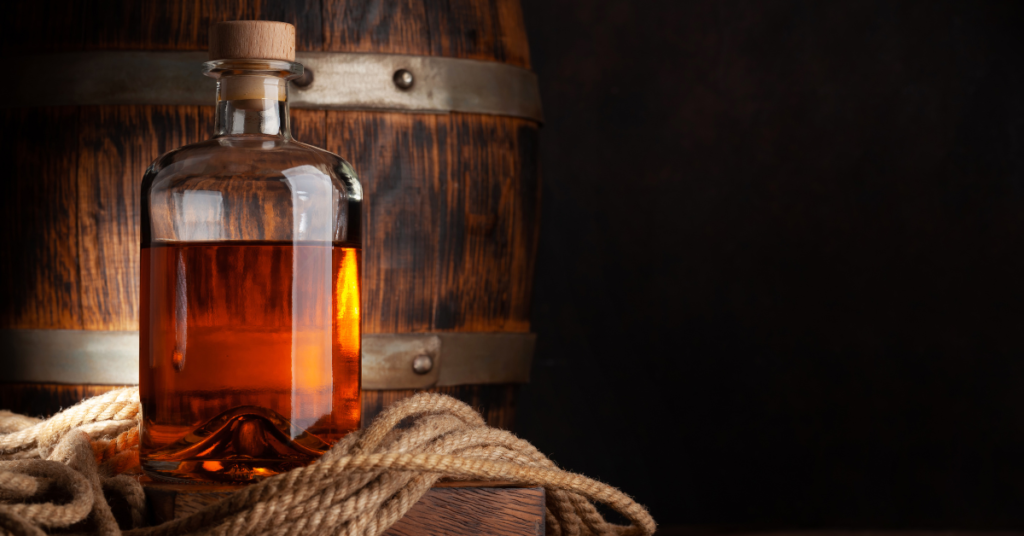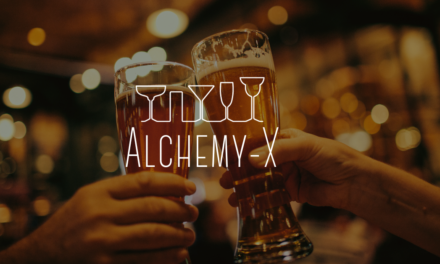Salut! Cin Cin! Slainte! Prost! Cheers! Millions of toasts have been raised with this golden elixir. From tavern brawls to army barracks, from boisterous Punjabi weddings where cars become bars to aristocratic clubs, from stylish lounges on skyscraper terraces to the working man’s nightcap, Whiskey, the amber coloured liquid has a distinct personality of its own. It defines its connoisseurs as much as they define it. It goes hand in hand with a fat cuban cigar as much as it goes with Tandoori Chicken.
And tastes just as smooth whether it’s spelt with an ‘e’, like in the US and Ireland or without, as it is in Scotland and Canada. Both the Celtic countries lay claim to its origins but the earliest recorded mention comes from Ireland. Though the Scots have scored higher in popularity, Scotch having become almost interchangeable with the name Whiskey, despite only spirits distilled in Scotland being called that.

In truth, the etymology of Whiskey is derived from the Gaelic ( spoken in both Scotland and Ireland ) term ‘uisce beatha,’ meaning ‘water of life’. But in the origin story too lies a surprising twist with the distillation process having been discovered to be from Mesopotamia and the Middle East for their perfumes. What? Could this all have started in lands that now prohibit alcohol. Very likely as some researchers have claimed. Now that’s amusingly ironic!
In Ireland, legend has it that their patron saint, St Patrick first taught the Irish to make whisky 1,500 years ago. One thing is certain though; with a license to distill Irish whiskey from 1608, the Old Bushmills Distillery in Northern Ireland remains the oldest whiskey distillery in the world.

In Scotland it is believed that Scottish monks first distilled whiskey for medicinal purposes, eventually perfecting the craft. The landscapes and pure water sources of Scotland contributed to the unique character of Scotch whiskey.
No matter where the legends come from they are wrapped in romanticism and folklore, adding to the heritage and traditions that the modern drinker inherits whether he is downing a peg in a classy Parisian lounge, a neon nightclub in Amsterdam or a speakeasy in Pahadganj, Delhi.

Bourbon, another type of whiskey is made with almost 50% corn in the grain mixture. Linked with the American Revolution, bourbon whiskey tells a tale of freedom and rebellion. The rich, fertile lands of Kentucky, along with the innovation of American distillers, have given rise to this iconic spirit. With a distinctive sweet and oaky flavor profile, bourbon embodies the American frontier spirit.

Whether you are a whiskey amateur or a connoisseur, a great point of discussion for whiskey tasting is its flavors. In 1979, the Scotch Whiskey Institute created a Whiskey flavor wheel, later developed by Charles MacLean a British writer who was a bit of an expert of whiskey. This wheel eventually became an industry standard.
The flavor wheel had originally eight categories but now most single malts fall into one of five key flavor categories.
Fruity, floral, spicy, sweet and smoky. Next time you raise a glass of Whiskey, maybe you can sniff out the key flavor knowing it has to fall in any one category.
Fun fact; the very first hundred years of Whiskey probably bore very little resemblance to the whiskey we enjoy today. Back then it was not being aged in oak casks, resulting in very raw and strong alcohol content unlike the nuances, aroma and flavours we enjoy today.
And to answer the question one may have about why whiskey is stored in oak barrels, Oak is a porous wood so an Oak cask can be liquid tight yet allowing oxygen to enter through its staves. The spirit gets all of its color and most of its flavor from the wood.

The constant exchange of oxygen going through the barrel is very important for flavor development though the oxygenation creates something fondly referred to as “The Angel’s Share,” a fancy way to say some of the liquid has evaporated.
It goes without saying that Whiskey’s influence is not limited to its regions of origin. Today, distillers worldwide craft unique expressions, each with its own cultural identity. Japanese whisky, for example, has garnered international acclaim for its precision and elegance.
Meanwhile, India is probably the largest consumer of whiskey with some sources citing that 6 billion litres a year is downed by our countrymen. Brands like Amrut, Woodburns GianChand, IndiTrini, Godawan, Kamet and Paul John, are putting India on the Whiskey map of the world.
In raising a glass of this liquid gold, we salute the spirit of invention and the love for joyful inebriation that have shaped this extraordinary spirit. From the highlands of Scotland to the cornfields of Kentucky, from the rugged Irish landscapes to the sunny shores of Goa, Whiskey’s global journey is a testament to the enduring allure of this “water of life.





